Controlling microalgae production through wavelength and density of irradiating light.


Controlling microalgae production through wavelength and density of irradiating light.
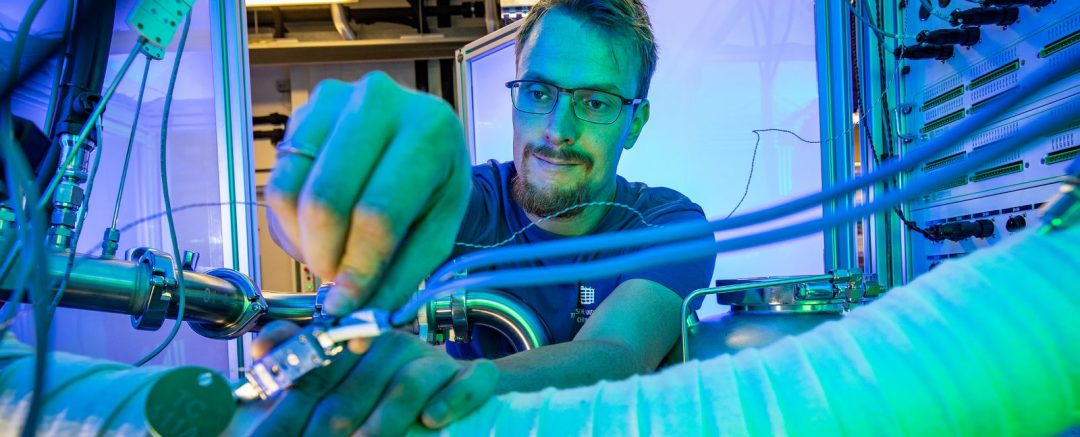
As part of a strategic partnership, Chemnitz Technical University and Continental celebrate the inauguration of the newly established fuel cell laboratory.

Fabricating a 3D-printed architectured robotic body with deformable lightweight cellular structures.

How magnetic targeting of drugs and/or magnetically induced release of drugs can be harnessed to improve the treatment of cancer.

Researchers in Italy introduce the problems and the reasons behind the need for different simulation strategies and they guide the reader through the pros and the cons of each method with respect to the others.
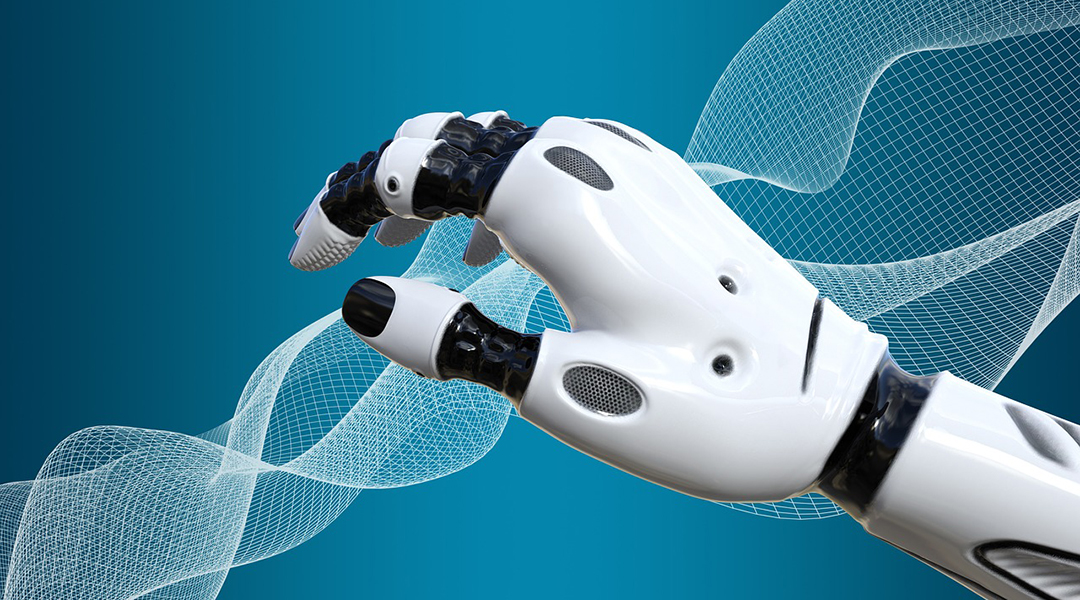
Integration of a magnetic elastomer with data-driven analysis leads to a continuous interaction surface that can estimate location and depth of indentation.
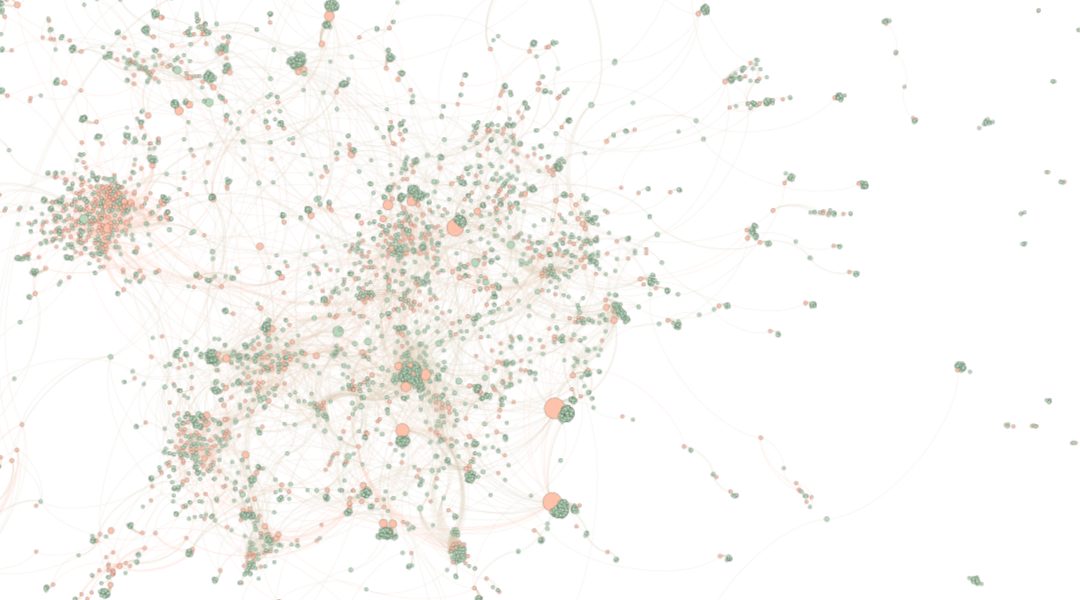
At the core, this WIREs Nanomedicine & Nanobiotechnology review argues that innovators sought to deal with these uncertainties by building upon approved technologies, favoring scientifically crowded fields.
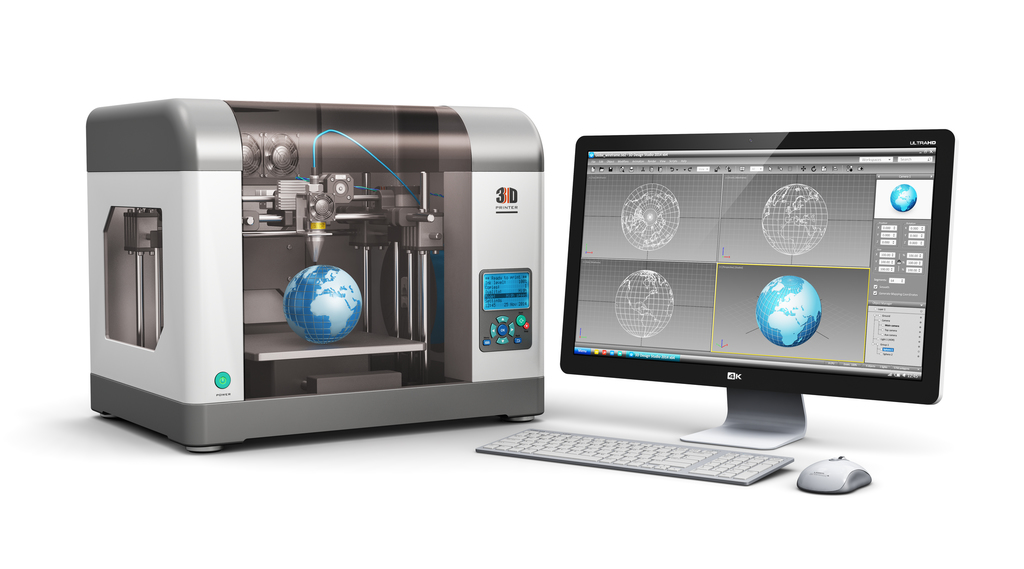
Scientists from the University of La Rioja in Spain showed how polyoxymethylene (POM) can be an excellent engineering material for 3D printing when an atmospheric pressure air plasma treatment is applied on a polycarbonate (PC)‐printing base.

Electroconductive hydrogels resemble the extracellular matrix in tissues, enabling cell growth, proliferation, and migration.
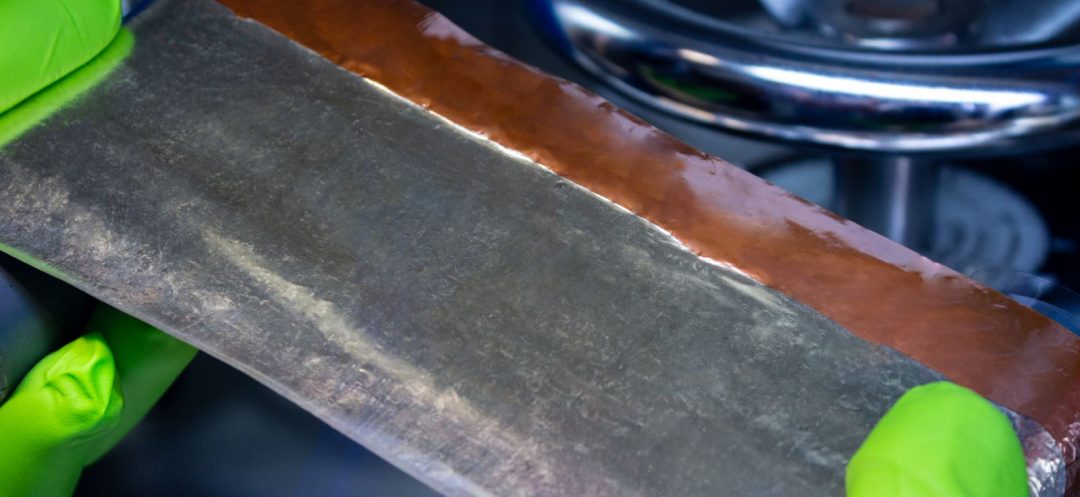
Fraunhofer is developing innovative solutions for current challenges in lithium-metal anodes.